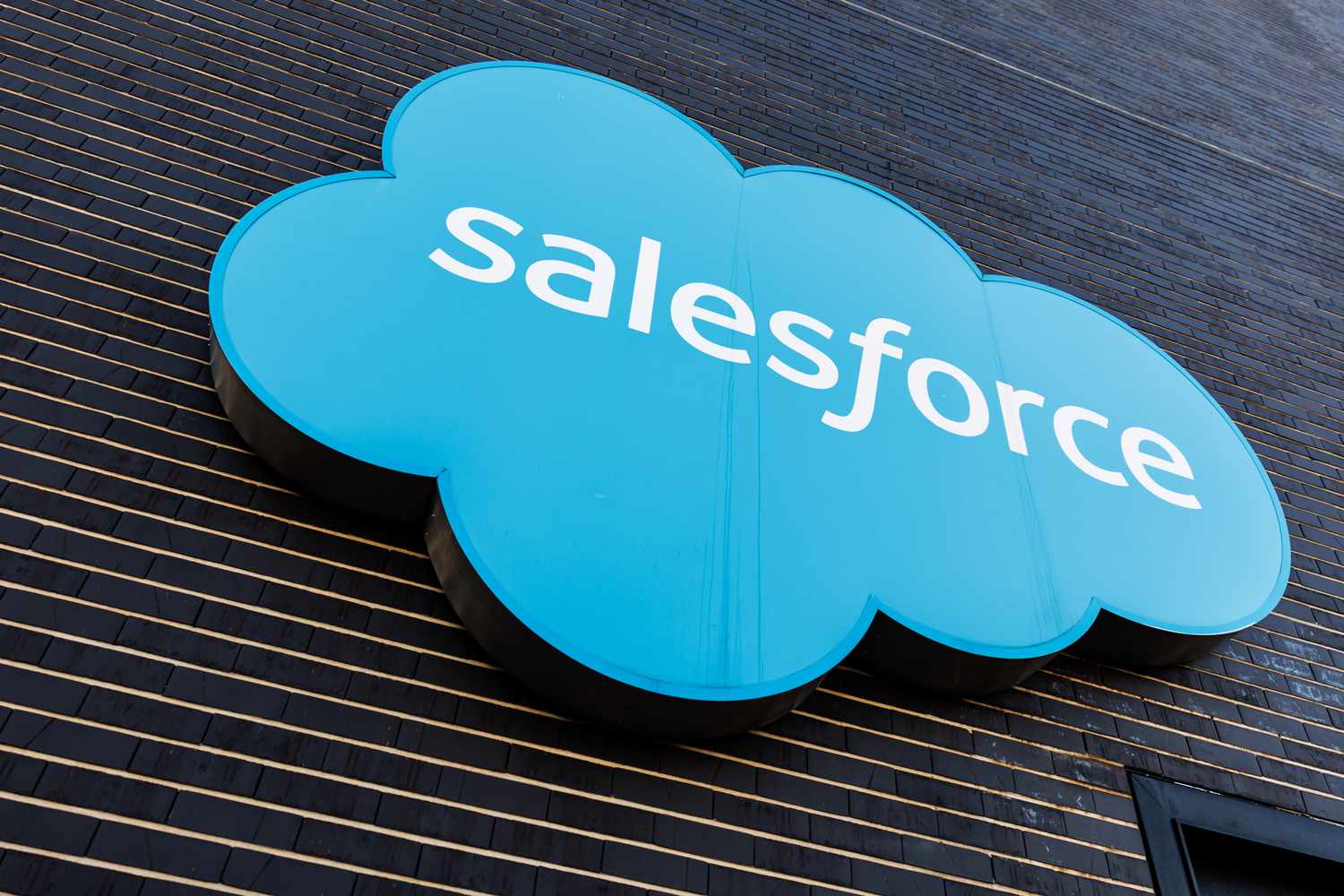Salesforce Data, Fully Unlocked: What Power BI Missed and We Fixed

Modern CRM systems like Salesforce store a goldmine of data. But turning that data into real insights and actionable tools isn’t always straightforward.
In this case study, we walk through how we helped a B2B client extract Salesforce data into Power BI, hit performance and flexibility limits, and ultimately build a custom dashboard application that gave their teams full control including editing and pushing updates back into Salesforce.
Power BI vs. Custom Dashboards: Which Is Right for You?
In this project, Power BI proved useful but also showed its limits. The ultimate solution was a custom dashboard built on top of Salesforce — fully aligned with the company’s processes.
Many organizations face the same challenge:
Should you stick with Power BI, or invest in a tailored dashboard?
👉 Read our full article Power BI vs. Custom Dashboards: Which Is Right for Your Business? to discover which approach fits your organization best.
The Challenge
Our client, a growing international sales team, needed:
- Real-time visibility into leads, deals, and sales pipelines
- Custom reports and KPIs segmented by region, product, and rep
- A simple way to track and update deal progress across teams
They started by using Salesforce’s native reports but quickly hit limits around:
- Visual customization
- Multi-source reporting
- User experience
- Collaboration between sales & ops
So they turned to Power BI.
Phase 1: Connecting Salesforce to Power BI
We helped the client:
- Set up a secure data pipeline from Salesforce into Power BI
- Create dashboards for sales performance, forecast accuracy, and rep activity
- Build region-based reports using Power BI’s DAX engine and slicers
- Refresh data hourly for near-real-time accuracy
This delivered quick wins. Leadership got visibility. Sales got benchmarks. Operations got KPIs.
The Limitations
As adoption grew, so did the pain points:
- Power BI’s editing interface wasn’t intuitive for non-technical users
- The dashboards were view-only no way to interact or update records
- Changing KPIs or filters required dev time
- Embedding the dashboards into internal tools was clunky
- Mobile performance was inconsistent
It became clear: Power BI was great for visibility, but not for action.
Phase 2: Building a Custom Web App on Top of Salesforce
To solve these limitations, we built a custom React-based web application tailored for sales and operations.
Key Features:
- Interactive Dashboards
Dynamic charts, filterable views, and drilldowns built with React and Chart.js - Editable Data Tables
Sales reps could update deal status, notes, and probabilities inline with changes synced back to Salesforce via API - Smart Forms with AI Assistance
Suggest next steps, draft emails, or validate data quality using OpenAI integrations - Role-Based Access Control
Managers saw team-wide data, reps only saw their own pipeline - Seamless Mobile Experience
Built with responsive UI for field teams on the go
Results After 60 Days
| KPI | Before (Power BI Only) | After (Web App) |
|---|---|---|
| Dashboard Usage Rate | 42% | 91% |
| Average Time Spent in Reports | 3m 12s | 11m 40s |
| Update Latency (CRM ↔︎ Dashboard) | 60–120 minutes | 5–15 seconds |
| Reps Updating Data Themselves | Rare | Daily |
| Mobile Accessibility | Poor | Seamless |
The app became the daily cockpit for their revenue team combining insights, action, and AI suggestions in one tool.
Why This Worked
- Salesforce remained the source of truth
- Power BI was great for read-only analytics
- The custom app turned reporting into interactive execution
- No more tool switching everything lived in one interface
- The system scaled with new teams and markets
Want to Go Beyond Read-Only Dashboards?
We help teams turn static reports into real-time, interactive tools that pull from and push to your existing CRM, ERP, or operations stack.
